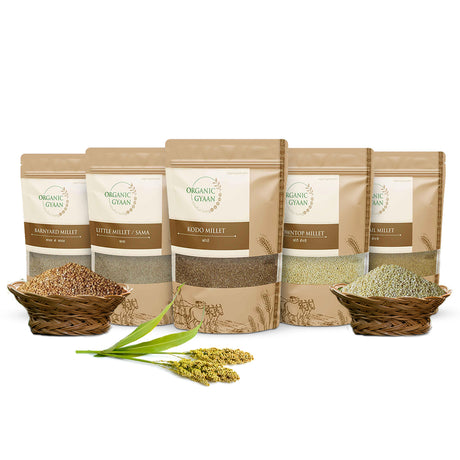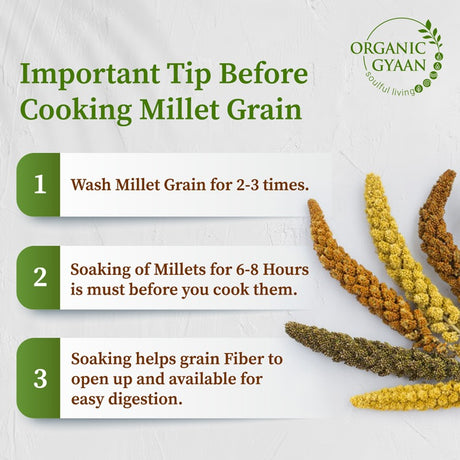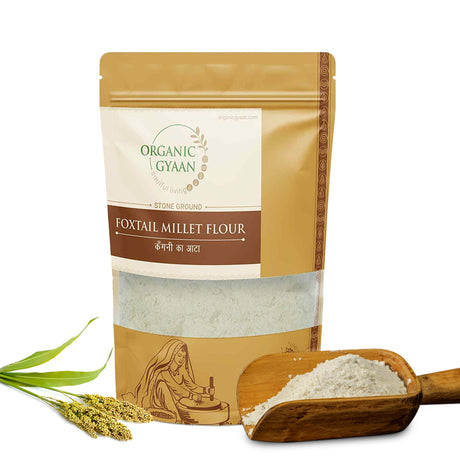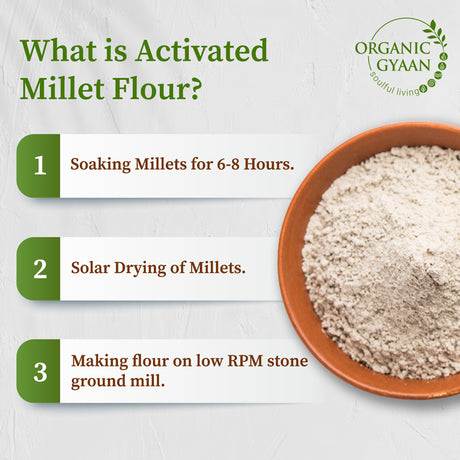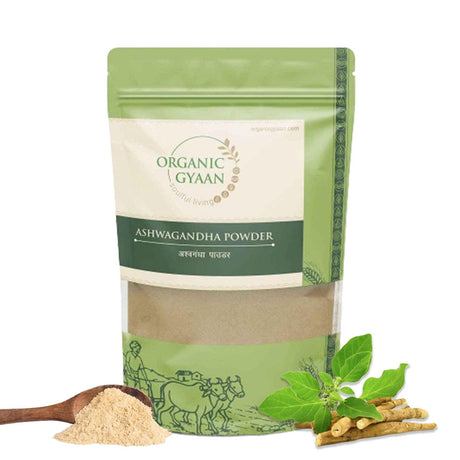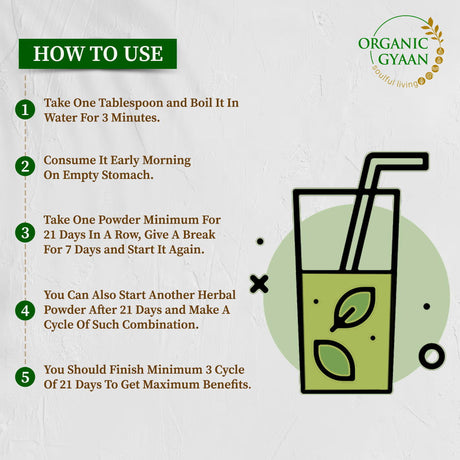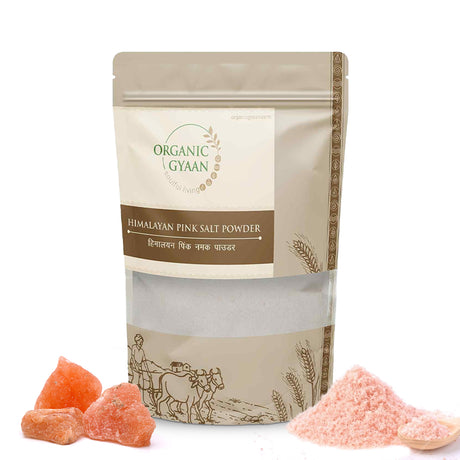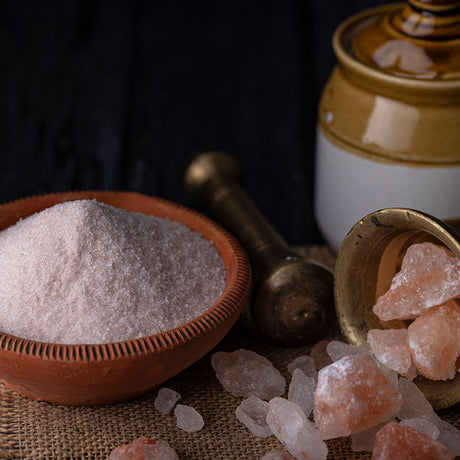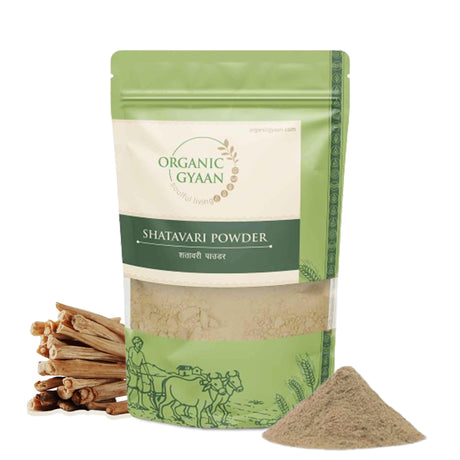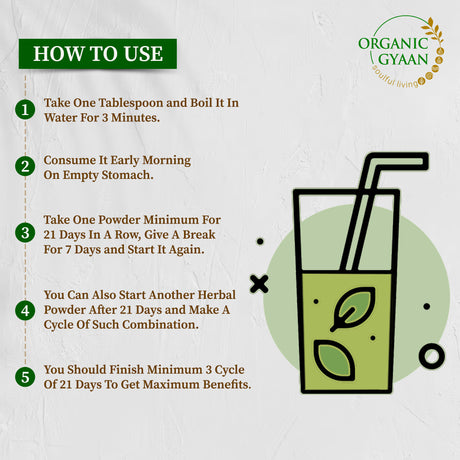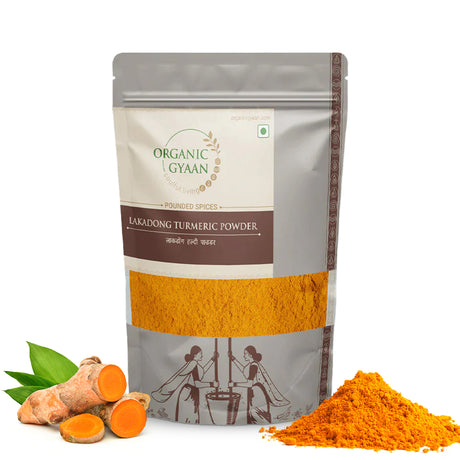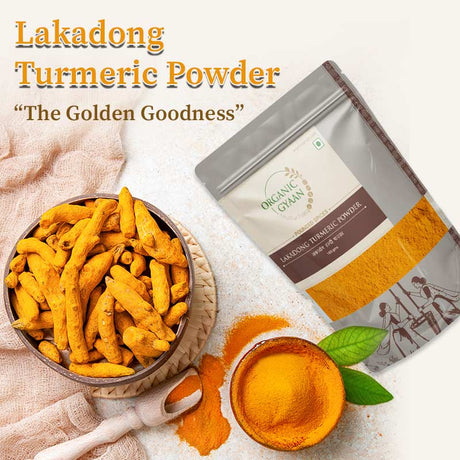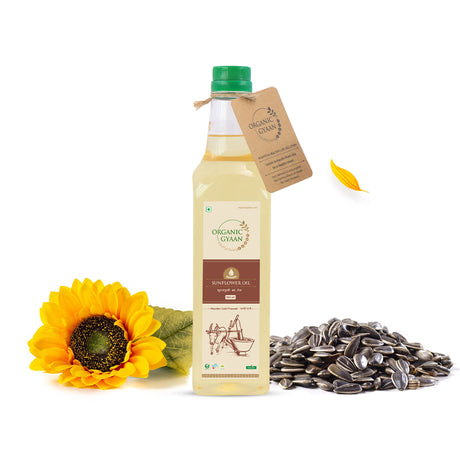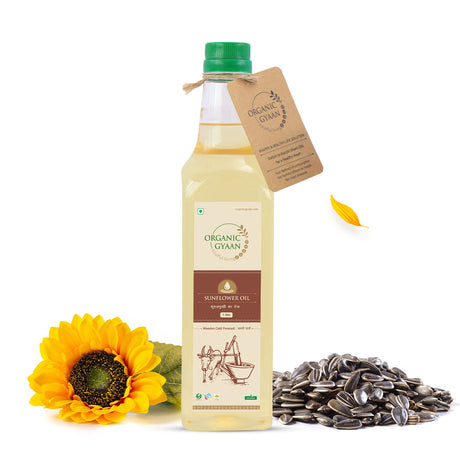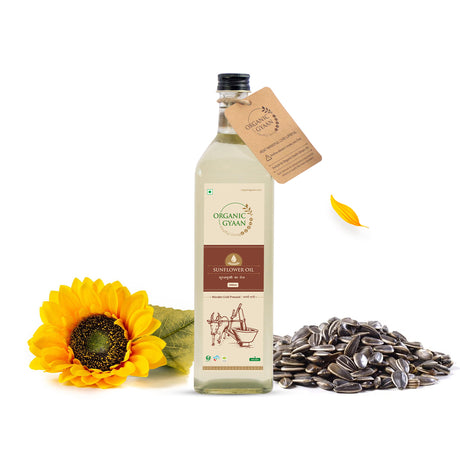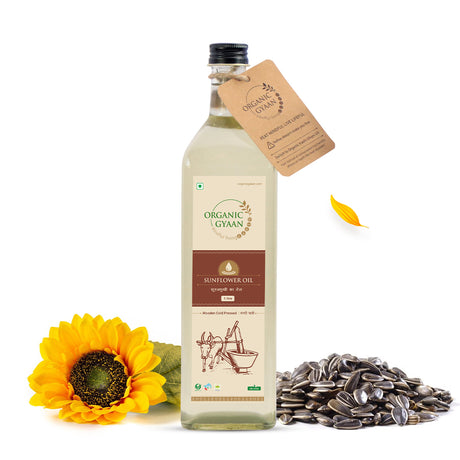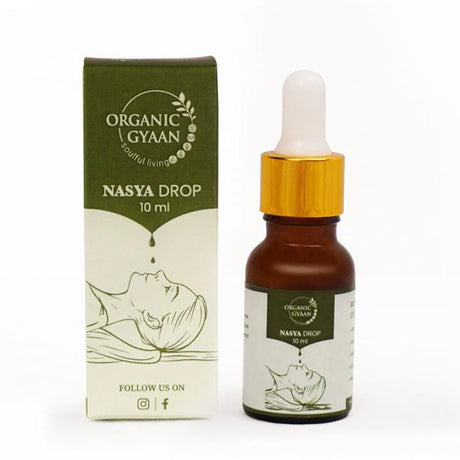तुम्हाला माहिती आहे का की 7,000 वर्षांपूर्वी लागवड केलेले पीक हे आधुनिक शाश्वत शेती आणि पोषणाचा आधारस्तंभ असू शकते? बाजरी, अनेकदा समकालीन स्टेपल्सने आच्छादलेली, एक जबरदस्त पुनरागमन करत आहे, आरोग्य-सजग आणि पर्यावरणास अनुकूल शेती पद्धतींच्या नवीन युगाची घोषणा करत आहे.
सेंद्रिय बाजरी परिचय
बाजरी, अनेक लहान-बिया असलेल्या गवतांसाठी एकत्रित शब्द, केवळ त्यांच्या पौष्टिक प्रोफाइलसाठीच नव्हे तर त्यांच्या लवचिकतेसाठी आणि कमीतकमी पर्यावरणीय पदचिन्हांसाठी देखील आदरणीय आहेत. कृत्रिम कीटकनाशके किंवा खतांशिवाय उगवलेली, सेंद्रिय बाजरी पारंपारिक शहाणपण आणि शाश्वत कृषी पद्धती यांच्यातील समन्वयाचे प्रतीक आहे.
पोषण आणि पर्यावरणीय श्रेष्ठतेचे अनावरण
बाजरी हे पोषक तत्वांचा खजिना आहे, जे प्रथिने, आहारातील फायबर, जीवनसत्त्वे आणि खनिजे, विशेषतः मॅग्नेशियम, पोटॅशियम आणि लोह देते. पौष्टिकतेच्या पलीकडे, सेंद्रिय बाजरीची लागवड जैवविविधतेला प्रोत्साहन देते, पाण्याचे संरक्षण करते आणि मातीचे आरोग्य सुधारते, ज्यामुळे ते शाश्वत शेतीचे दिवाण बनते.
1. बाजरीचे पौष्टिक मूल्य: उच्च फायबर आणि ग्लूटेन-मुक्त, बाजरी आधुनिक प्रक्रिया केलेल्या खाद्यपदार्थांच्या प्रतिकूल परिणामांशिवाय आवश्यक पोषक प्रदान करते. त्यांचा कमी ग्लायसेमिक इंडेक्स देखील त्यांना रक्तातील साखरेची पातळी व्यवस्थापित करण्यासाठी आदर्श बनवतो.
2. शाश्वत शेती पद्धती: बाजरीला पारंपारिक पिकांच्या तुलनेत लक्षणीयरीत्या कमी पाणी लागते, ज्यामुळे ते दुष्काळी भागासाठी आदर्श बनतात. खराब मातीत भरभराट होण्याची त्यांची क्षमता रासायनिक खतांची गरज कमी करते, निरोगी पर्यावरणास प्रोत्साहन देते.
शेतातून टेबलापर्यंतचा प्रवास
सेंद्रिय बाजरीचा शेत ते टेबलापर्यंतचा प्रवास शाश्वतता आणि आरोग्यासाठी वचनबद्धता समाविष्ट करतो. हे प्राचीन धान्य तुमच्या प्लेटमध्ये कसे पोहोचतात ते येथे आहे:
1. मशागत: सेंद्रिय बाजरींचा प्रवास शेतात सुरू होतो, जिथे नैसर्गिक वातावरणाचा आदर आणि समृद्धी करणाऱ्या जुन्या शेती तंत्रांचा वापर करून त्यांची लागवड केली जाते. पारंपारिक शेतीच्या विपरीत, जी बर्याचदा रासायनिक निविष्ठांवर जास्त अवलंबून असते, सेंद्रिय बाजरी शेतीमध्ये नैसर्गिक कंपोस्ट, खत आणि पिढ्यानपिढ्या संरक्षित पारंपारिक बियाणे वाणांचा वापर केला जातो. हा दृष्टीकोन मातीच्या आरोग्यास समर्थन देतो, प्रदूषण कमी करतो आणि स्थानिक जैवविविधतेचे रक्षण करतो, ज्यामुळे शाश्वत आणि पौष्टिक अशा दोन्ही प्रकारच्या पिकाचा पाया रचतो.
2. काढणी आणि प्रक्रिया: एकदा परिपक्व झाल्यावर, धान्याची गुणवत्ता आणि अखंडता राखण्यासाठी बाजरीची कापणी खूप काळजीपूर्वक केली जाते, अनेकदा हाताने. ही श्रम-केंद्रित प्रक्रिया पीक आणि जमीन या दोहोंचे कमीत कमी नुकसान सुनिश्चित करते. काढणीनंतर, बाजरी कमीत कमी प्रक्रियेतून जातात - फक्त त्यांची पौष्टिक सामग्री टिकवून ठेवत त्यांना वापरासाठी तयार करण्यासाठी पुरेसे आहे. मोठ्या प्रमाणात प्रक्रिया केलेल्या धान्यांच्या विपरीत, सेंद्रिय बाजरी त्यांचे कोंडा आणि जंतू टिकवून ठेवतात, ज्यामुळे त्यांची जीवनसत्त्वे, खनिजे आणि फायबर जतन केले जातात.
3. वितरण: सेंद्रिय बाजरीचे वितरण हे शाश्वतता आणि आरोग्याला महत्त्व देणाऱ्या ग्राहकांशी शेतकऱ्यांना जोडण्यासाठी एक महत्त्वपूर्ण पाऊल आहे. सहकारी संस्था, स्थानिक बाजारपेठ आणि थेट ग्राहक प्लॅटफॉर्मद्वारे, सेंद्रिय बाजरी त्यांच्या पर्यावरणीय आणि पौष्टिक फायद्यांची प्रशंसा करणाऱ्यांपर्यंत पोहोचते. या पायरीमध्ये बऱ्याचदा न्याय्य व्यापार पद्धतींचा समावेश असतो, ज्यामुळे लहान-शेतकऱ्यांना त्यांच्या श्रमाची न्याय्य मोबदला मिळेल याची खात्री करून, ग्रामीण समुदायांमध्ये आर्थिक स्थिरतेला चालना मिळते.
4. उपभोग: शेतापासून टेबलापर्यंतच्या प्रवासातील अंतिम टप्पा म्हणजे उपभोग. ग्राहक केवळ आरोग्यदायी नसून पर्यावरणासही जबाबदार असलेले खाद्यपदार्थ शोधत असल्याने सेंद्रिय बाजरींना टेबलावर स्थान मिळाले आहे. या प्राचीन धान्यांचा त्यांच्या आहारात समावेश करून, व्यक्ती शाश्वत अन्न प्रणालीमध्ये योगदान देतात आणि अनेक आरोग्य फायद्यांचा आनंद घेतात. बाजरींचा समृद्ध सांस्कृतिक वारसा साजरा करणाऱ्या पारंपारिक पदार्थांपासून ते आधुनिक टाळूंना पुरविणाऱ्या नाविन्यपूर्ण पाककृतींपर्यंत, बाजरी प्रत्येक जेवणाला अष्टपैलुत्व आणि पोषण देतात.
आपल्या आहारात बाजरी स्वीकारणे
तुमच्या आहारात सेंद्रिय बाजरी समाविष्ट करणे तुम्हाला वाटते त्यापेक्षा सोपे आहे. खमंग लापशी असो, रीफ्रेशिंग सॅलड असो किंवा मनसोक्त ब्रेड असो, बाजरी अष्टपैलुत्व देतात जे कोणत्याही जेवणाला समृद्ध करू शकतात. प्रारंभ करण्यासाठी येथे काही टिपा आहेत:
1. लहान सुरुवात करा: तुमच्या आवडी शोधण्यासाठी वेगवेगळ्या प्रकारांसह प्रयोग करून हळूहळू तुमच्या आहारात बाजरी घाला.
2. रेसिपी एक्सप्लोर करा: पारंपारिक पदार्थांपासून ते समकालीन पाककृतींपर्यंत, एक्सप्लोर करण्यासाठी बाजरीवर आधारित पाककृतींची कमतरता नाही.
3. सपोर्ट ऑरगॅनिक: सेंद्रिय बाजरी निवडून, तुम्ही शाश्वत शेती पद्धतींना समर्थन देता आणि निरोगी ग्रहासाठी योगदान देता.
निष्कर्ष: सत्याचे धान्य
सेंद्रिय बाजरींचा शेतापासून टेबलापर्यंतचा प्रवास हा आपल्या आधुनिक जगात प्राचीन धान्यांच्या चिरस्थायी मूल्याचा दाखला आहे. बाजरी आलिंगन देऊन, आपण केवळ आपलेच नव्हे तर ग्रहाचे पोषण करतो, भविष्यात पोषण आणि टिकाव धरून चालतो.
बाजरीच्या पुनर्जागरणात सामील व्हा आणि शोध, आरोग्य आणि टिकाऊपणाच्या प्रवासाला सुरुवात करा. सेंद्रिय बाजरींचे जग एक्सप्लोर करा, नवीन पाककृतींसह प्रयोग करा आणि अधिक टिकाऊ आणि निरोगी भविष्याच्या दिशेने चळवळीचा एक भाग व्हा.


